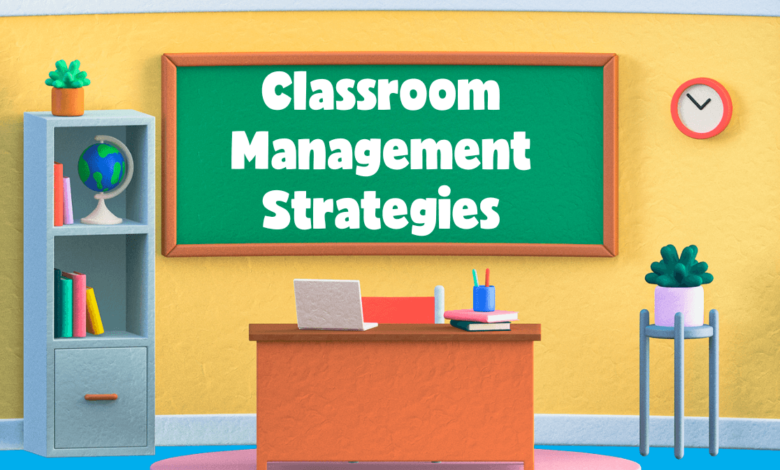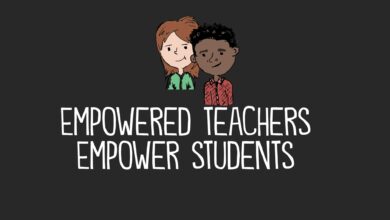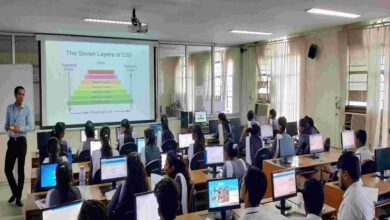Classroom Management Strategies

Introduction
Effective classroom management is essential for creating a conducive learning environment where students can thrive academically and socially. Teachers play a crucial role in establishing and maintaining order in the classroom, which directly impacts student engagement and achievement. In this blog post, we’ll explore various classroom management strategies that educators can implement to promote effective teaching and learning.
Clear Expectations and Consistent Rules
Setting clear expectations and establishing consistent rules from the outset is key to effective classroom management. Communicate behavioral expectations and academic standards to students, ensuring they understand the consequences of both positive and negative behaviors. Consistency in enforcing rules helps create a sense of stability and predictability in the classroom environment.
Positive Reinforcement and Encouragement
Encourage positive behavior through praise, recognition, and rewards. Acknowledge students’ efforts and achievements, no matter how small, to reinforce desired behaviors and motivate them to continue. Use positive language and gestures to create a supportive and nurturing classroom atmosphere where students feel valued and appreciated.
Establishing Routines and Procedures
Establishing daily routines and procedures helps streamline classroom activities and transitions, reducing disruptions and maximizing instructional time. Clearly outline routines for entering and exiting the classroom, transitioning between activities, and accessing materials and resources. Practice routines regularly until they become ingrained habits for both students and teachers.
Engaging Instructional Strategies
Keep students actively engaged in learning by incorporating a variety of instructional strategies and activities. Use a combination of lectures, group discussions, hands-on activities, and multimedia resources to cater to diverse learning styles and preferences. Rotate seating arrangements, collaborative groupings, and learning stations to maintain interest and participation.
Building Positive Relationships
Foster positive relationships with students based on trust, respect, and empathy. Take the time to get to know each student individually, learning about their interests, strengths, and challenges. Show genuine interest in their well-being and academic progress, and be approachable and responsive to their needs and concerns.
Proactive Classroom Management Techniques
Prevent behavioral issues before they escalate by employing proactive classroom management techniques. Anticipate potential challenges and address them preemptively through clear communication, positive reinforcement, and strategic interventions. Establish nonverbal cues and signals to redirect off-task behavior discreetly and maintain focus during instruction.
Collaborative Problem-Solving
Involve students in the process of setting and maintaining classroom expectations, rules, and consequences. Encourage open communication and collaborative problem-solving to address conflicts and behavioral issues as they arise. Empower students to take ownership of their actions and contribute to creating a positive and respectful learning environment.
Ongoing Professional Development
Engage in ongoing professional development to enhance your classroom management skills and stay abreast of current research and best practices. Attend workshops, conferences, and training sessions focused on classroom management strategies and techniques. Seek feedback from colleagues, mentors, and administrators to continuously improve your effectiveness as an educator.
Conclusion
Effective classroom management is a cornerstone of successful teaching and learning. By implementing clear expectations, positive reinforcement, established routines, engaging instructional strategies, and proactive techniques, teachers can create a supportive and productive learning environment where all students can thrive. Building positive relationships, involving students in problem-solving, and pursuing ongoing professional development further strengthen classroom management practices and contribute to student success.












